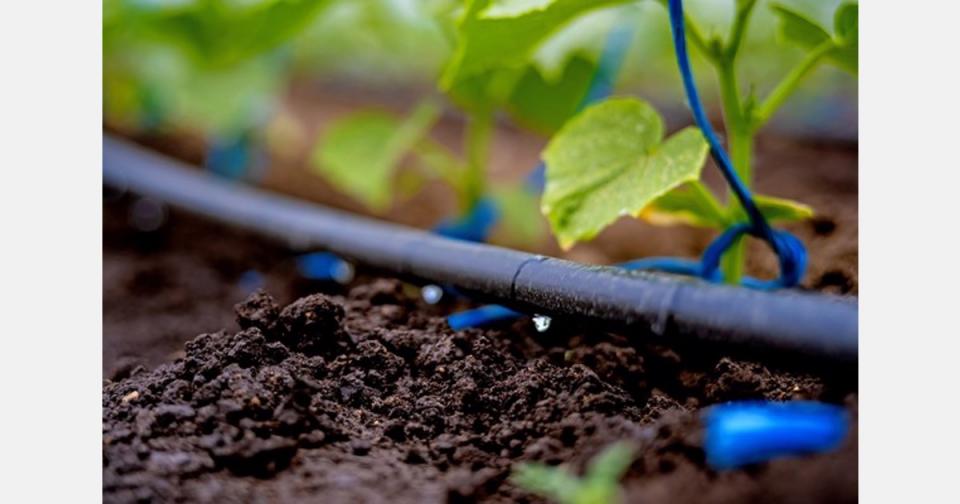By: Nazar Rashid - Iraqi Ministry of Agriculture
Ali Faraj Jubair
Muhsen Abd Ali
This study aimed to isolate and diagnose the main pathogens of zucchini root rot, test their pathogenicity, and evaluate their control with some biological agents under laboratory conditions. The results of diagnostic isolation from the roots of the zucchini crop that showed symptoms of the disease showed the presence and dominance of two isolates of Fusarium oxysporum (FO1, FO2), three isolates of Fusarium solani (FS1, FS2, FS3), and three isolates of Rhizoctonia solani (RS1, RS2, RS3) and two isolates of Pythium spp (PY1, PY2), which was present in a ratio of 65-25% in most of the samples collected from the fields of the Faculty of Agriculture at the University of Karbala.
F. solani had the highest frequency, at 60.00%, and had the highest occurrence in sample 3, which was 65.00%, followed by R. solani and F. oxysporum with 48.33 and 40.00% occurrence, respectively. The pathogenicity test of fungal isolates on red radish seeds showed that all isolates significantly reduced radish seeds germination under laboratory conditions. The results showed the effect of pathogenic fungal isolates on germination and growth of zucchini plants in protected cultivation, which led to a significant reduction in germination percentage, fresh weight of the plant, plant height, and a high rate of disease severity. FS1 and RS1 isolates completely prevented seed germination, followed by FS2 and FO2 isolates with an equal germination rate of 22.22%, compared to control treatment with 100% germination rate.
FS2 isolate had the highest infection severity rate of 97%, followed by FO2 isolation with 94% compared to no infection in the control treatment. The minimum plant length was 0.267 cm in the FS2 isolation treatment, followed by the FS3 isolate, with a plant length of 0.567 cm, compared to 2.553 cm in the control treatment. FO1 isolation led to the highest reduction in plant fresh weight by 81%, followed by isolate FS2 with 78% compared to control treatment. The test of the inhibitory ability of the biological control agents showed the presence of high antagonism of Trichoderma harzianum, Chaetomium sp and Sordaria sp against pathogenic fungal isolates. T. harzianum was the highest antagonistic against all the pathogenic fungal isolates, recording grade 1 antagonism according to Bell et al. (1982) after seven days of dual culture. Also, Chaetomium sp and Sordaria sp showed the antagonistic ability of 1 and 2 degrees against pathogenic fungal isolates under study.

